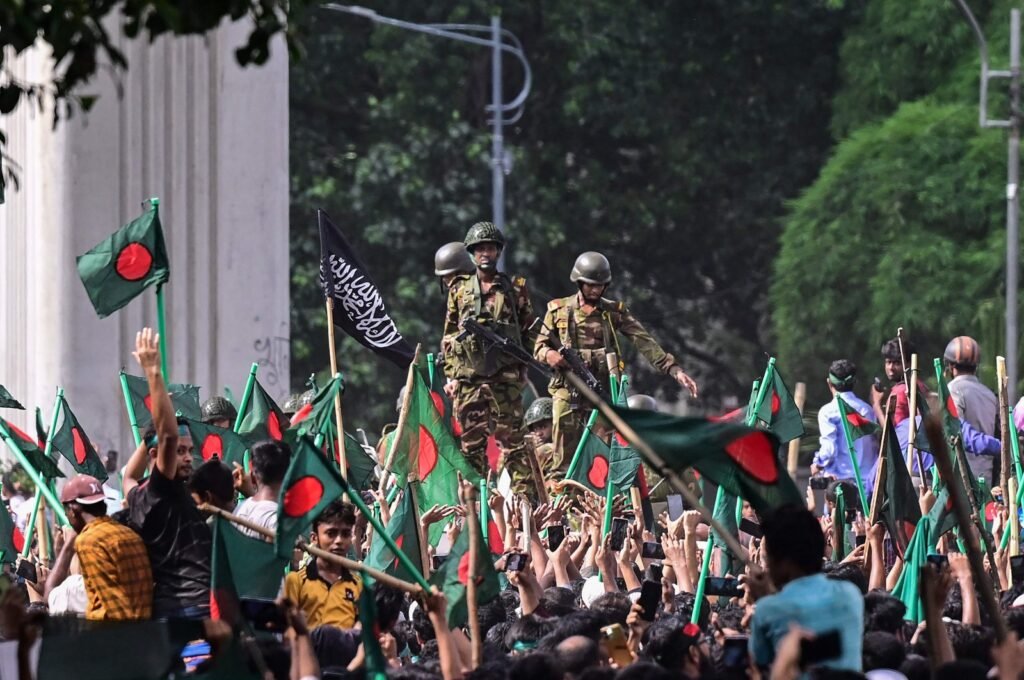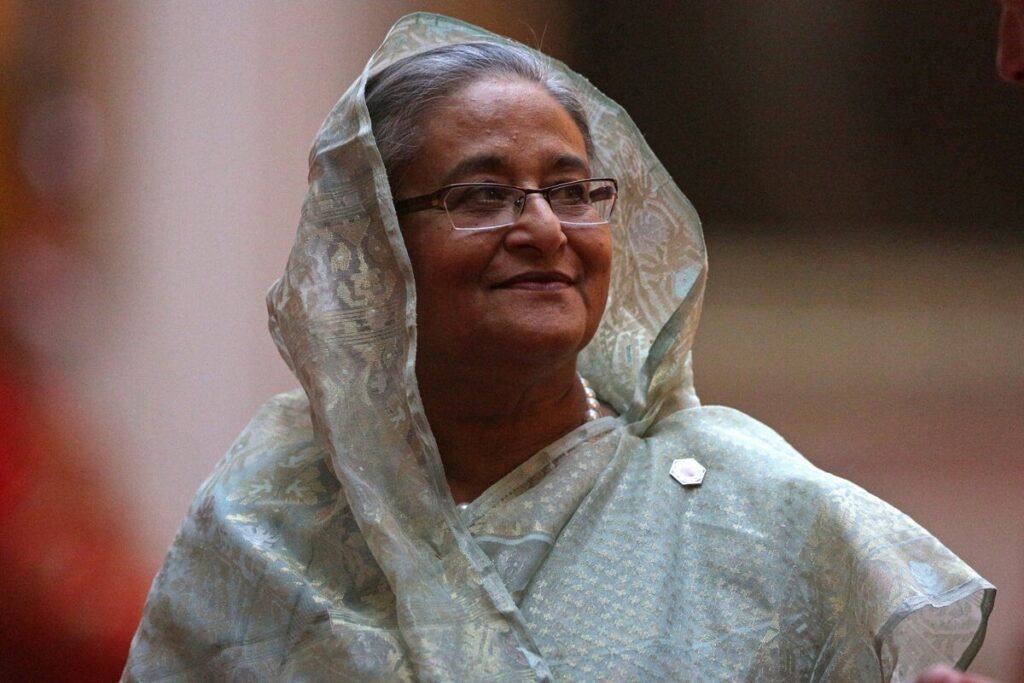
Bangladesh at a Crossroads: Workers and Students Lead a Revolutionary Charge for True Democracy
The recent overthrow of Sheikh Hasina’s regime has ushered in an intense period of revolutionary fervor in Bangladesh. Driven initially by students and soon joined by workers from all sectors, this movement has challenged not just Hasina’s authoritarian leadership but the entire capitalist structure that underpins Bangladeshi society. After 16 years of repression, the working masses and students now demand an end to elite rule, envisioning a government built on people’s committees and workers’ councils instead of the entrenched capitalist elite.
A People’s Victory Amid Army and Elite Maneuvers
In a dramatic turn of events, Hasina was ousted from power in early August, propelled by massive street mobilizations across Bangladesh.
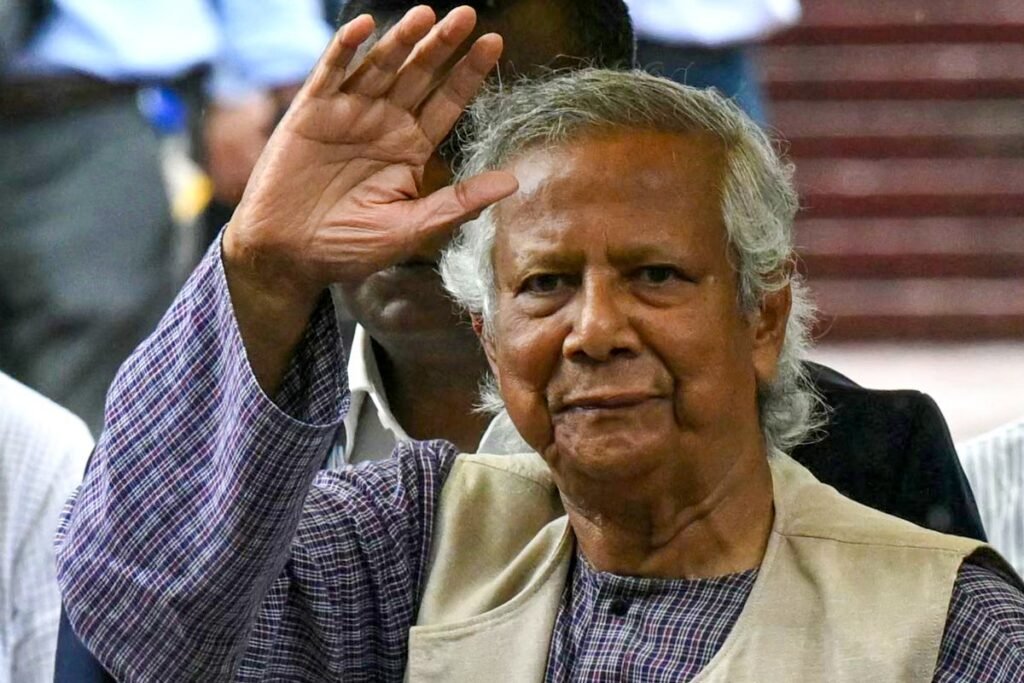
By August 5, the pressure on her regime was so immense that even the military, which had supported her rule, could no longer ignore the people’s demands. However, with Hasina removed, the ruling elite sought to install an interim government to quell revolutionary momentum. The army positioned Dr. Muhammad Yunus, a figure associated with international capitalism, to lead a transitional cabinet filled with bankers, former government officials, and military figures.
The military’s intention was clear: to appease the masses temporarily while safeguarding the interests of the ruling class. Student leaders were invited to participate, but only in minor roles, a tactic intended to lend legitimacy to an administration determined to stabilize capitalist rule. However, workers and students across Bangladesh have made it clear that they reject a mere rotation of elites. Many see Yunus’ government as a continuation of the same oppressive system, symbolized by Hasina, which they fought so hard to dismantle.
Workers Take Up the Banner of Revolution
Inspired by the student-led protests, the working class has emerged as a formidable force in the struggle. Garment workers, whose labor powers Bangladesh’s massive export economy, have begun a wave of strikes and factory occupations, blocking major highways and demanding wage increases, better working conditions, and the nationalization of key industries. On August 15, garment workers at Naheed Cotton Mills Ltd. occupied the Dhaka-Tangail highway, echoing the methods and resolve of the student protests.
Bangladesh’s dire economic conditions have fueled the working class’s radicalization. With over 37 million people facing food insecurity and wages often unpaid, workers have taken the fight directly to factory floors and government offices. The revolutionary tide has seen workers asserting their control over production, forming their own committees in workplaces, and organizing against exploitation by “Little Hasinas” — the factory owners who embody the oppressive capitalist regime that has dominated Bangladesh for decades.

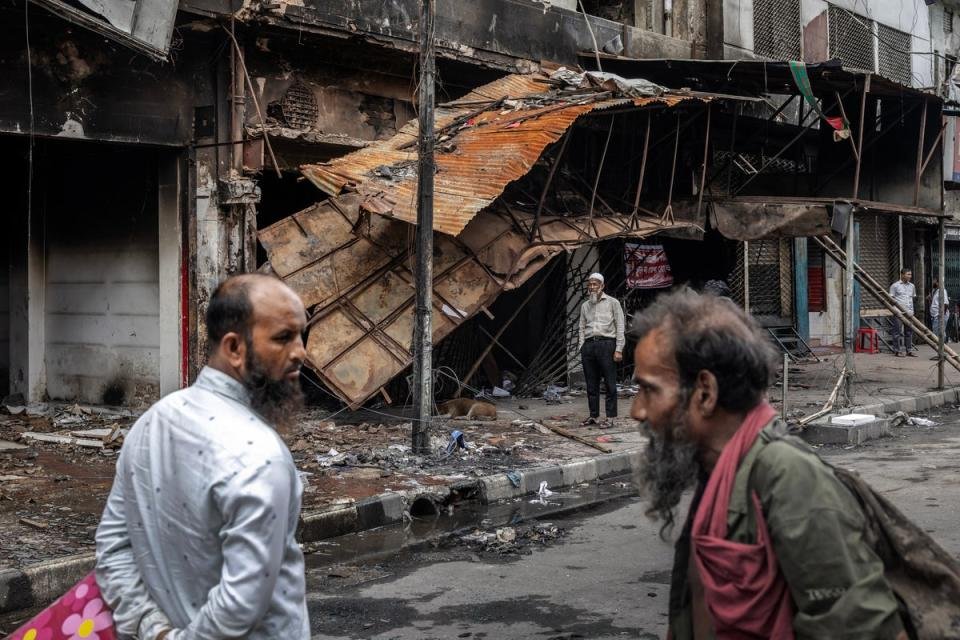
A Fragile Peace and the Path Forward
Amidst this revolutionary fervor, Bangladesh is experiencing a tenuous balance between two powers: the interim capitalist government under Yunus and the emergent power of grassroots committees. In many regions, these revolutionary committees have replaced state functions, restoring order, protecting communities, and safeguarding workers’ rights. These committees, born out of the student and worker movements, represent an alternative model for governance, one based on the principles of direct democracy and worker empowerment.
Calls for a national congress of delegates from these committees have grown, reflecting a desire among the revolutionary masses for a unified, representative body capable of wielding real power. Such a congress could form the foundation of a truly democratic government, one driven by the people and free from the influence of capitalist elites.
The Stakes of the Revolution: A Socialist Vision for Bangladesh
For many in the movement, the revolution is far from complete. The revolutionary committees, now firmly entrenched in several regions, are pushing for a sweeping overhaul of Bangladeshi society. Their demands include a complete dismantling of the capitalist system, nationalization of major industries under workers’ control, universal healthcare, and full equality in employment rights. Only by expropriating the wealth accumulated by the elite, they argue, can Bangladesh achieve genuine democracy and justice for its people. This revolutionary vision calls not just for a new government but for a fundamentally new society where power resides with the workers and students rather than the capitalist class. Supporters of the movement are urging workers to expand their committees across all sectors, linking them at a national level to create a cohesive force capable of challenging any counter-revolutionary moves by the military or capitalist elites.
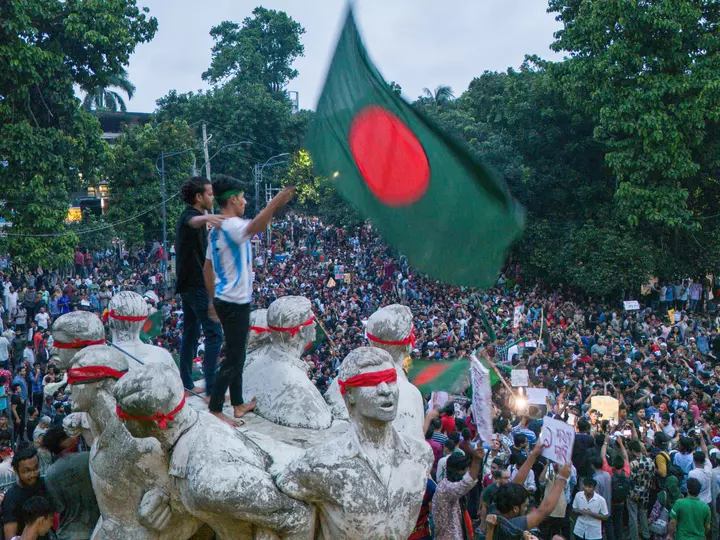
Forward to Socialism
The people of Bangladesh stand at a historic crossroads. The struggle that began as a protest against Hasina’s oppressive rule has evolved into a fight for a new society, one free from capitalist exploitation and elite rule. While Yunus’ government may attempt to quell the revolution, the workers and students who spearheaded Hasina’s ouster are determined to press on, advocating for a future defined by equality, justice, and genuine democracy.
The revolutionary committees, born out of mass struggle, have shown that the people of Bangladesh are ready to govern themselves. With the unity of workers and students, Bangladesh could realize a revolutionary transformation that challenges capitalist oppression and sets a powerful example for workers worldwide. The time for change is now, and the revolutionary movement has the potential to usher in a socialist future for Bangladesh.
